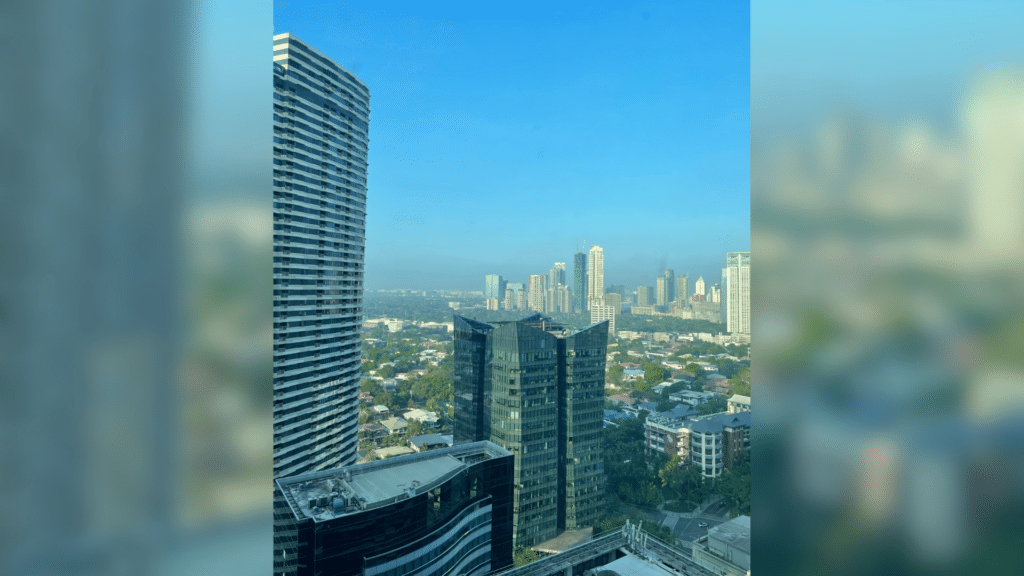
Makati Skyline | PHOTO: JMS
The next president of the Philippines would likely see an above 6-percent economic growth at the onset of the administration, as the country is expected to see the gains from various reforms meant to attract more job-generating foreign investments.
This would be the case if the new projection of the International Monetary Fund (IMF) comes to pass. In its latest “World Economic Outlook” report released on Tuesday, the Washington-based Fund said the Philippines might grow by 6.3 percent in 2029.
If realized, whoever will win the 2028 presidential polls will inherit an economy that is growing at one of the fastest clips in Asia.
READ: IMF predicts slightly slower global growth in 2024 and 2025
The IMF’s 2029 growth forecast for the Philippines is the third best among emerging and developing Asia, placing behind the 7.2 percent expansion predicted for Bhutan, and the 6.5 percent growth penciled in for both India and Bangladesh. The Philippines is also seen to outperform the 4.5-percent average growth that the IMF sees for the region in 2029.
“Growth over the medium term at 6.3 percent is expected to be supported by investment, on the back of an acceleration in the implementation of PPP (public-private partnership) projects and FDI (foreign direct investments), following recent regulatory and administrative reforms,” an IMF spokesperson said.
The country can achieve this level of growth as average inflation is projected to hit 3 percent in 2029, the IMF said. That would settle in the middle of the current 2 to 4 percent inflation target of the Bangko Sentral ng Pilipinas (BSP), something that could help support consumer spending, a traditional driver of growth in the Philippines.
“In a manner similar to that for advanced economies, the growth outlook for emerging market and developing economies is remarkably stable for the next two years,” the IMF said.
Early this month, an IMF team that visited the Philippines trimmed the growth outlook on the country to 5.8 percent this year from the previous 6-percent forecast. Also, the projection for 2025 was lowered to 6.1 percent from 6.2 percent before.
If this outlook comes true, growth would fail to hit the 6 to 7 percent target of the Marcos administration for 2024, and likewise fall short of the 2025 goal of 6.5 to 7.5 percent.
The IMF said its expectations for consumer spending, which historically accounts for about 70 percent of the country’s economic output, have become less upbeat. But the visiting team had said the Philippines is still poised to post one of the highest growth rates in the region.
The local economy grew 6.3 percent in the second quarter. But analysts said the figure was magnified by favorable base effects that masked the 4.6-percent growth in consumption—a pace that was uncommonly low for the Philippines.
Meanwhile, the IMF said fiscal consolidation is happening “more moderately than envisaged in earlier projections,” something that could hold back government spending from making bigger contributions to economic growth. INQ